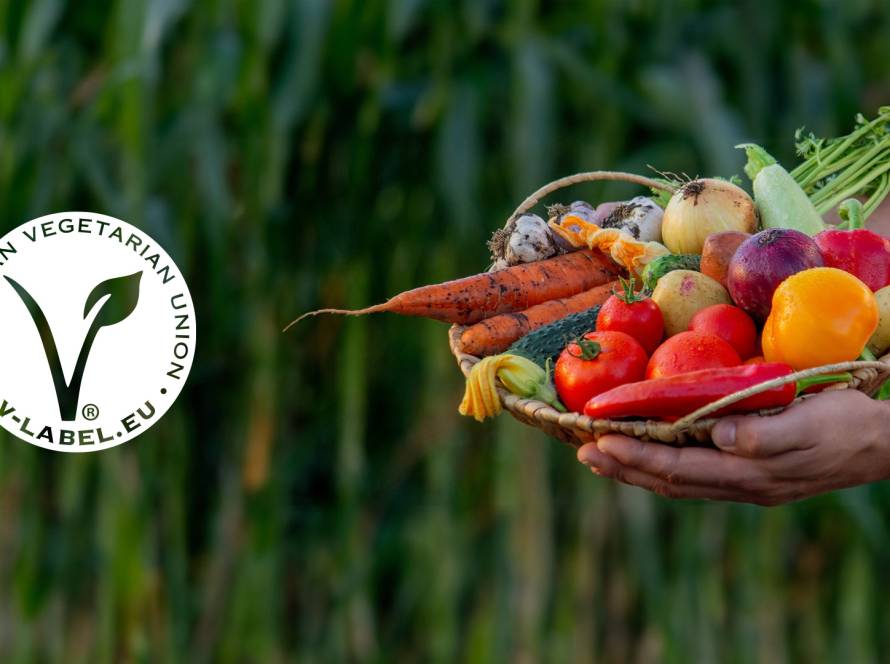Climate change has become a crisis that threatens environmental, economic and soacial structures worldwide. The increase in greenhouse gas accumulation in the atmosphere leads to rising temperatures, more severe weather events and depletion of natural resources. This change particularly negatively affects the “agriculture” sector. However, agriculture can play an important role in combating climate change. How? In this article, we have listed the critical role of agriculture in combating climate change and how sustainable agricultural practices can shape our future.
1. Reducing Greenhouse Gas Emissions
Agriculture is responsible for approximately 10-12% of greenhouse gas emissions worldwide. These emissions are largely due to agricultural activities, animal husbandry and fertilizer use. However, the agricultural sector can significantly reduce greenhouse gas emissions with the right policies and sustainable practices. For example:
- Organic Agriculture: Increases the carbon storage capacity of the soil by reducing the use of chemical fertilizers and pesticides.
- Sustainable Animal Husbandry: Animal nutrition and management practices can reduce methane emissions.
- Nitrogen Efficiency: More efficient fertilizer use can reduce nitrous oxide emissions.
Such practices contribute to the fight against climate change by reducing the environmental impact of agriculture.
2. Improving Carbon Sinks and Soil Health
Agriculture can contribute to increasing carbon sinks by improving soil health. Soil plays a critical role in the carbon cycle by absorbing and storing carbon from the atmosphere. Well-managed agricultural land can reduce carbon dioxide levels in the atmosphere by increasing carbon storage capacity.
- Cover Crops: Covering the soil with plants throughout the year helps retain carbon in the soil.
- Rotational Agriculture: Planting different crops in rotation increases soil fertility and increases carbon storage capacity.
- No-Till Agriculture: Cultivating the soil without tilling preserves the structure of the soil and reduces carbon emissions.
Such methods become an effective tool in the fight against climate change by increasing the carbon storage capacity of the soil.
3. Sustainable Water Management
Climate change puts great pressure on water resources. Although agriculture accounts for a large portion of water consumption worldwide, it is possible to make water use more efficient with sustainable water management techniques.
- Drip Irrigation: Minimizes water loss and delivers the water needed by plants directly to the root zone.
- Rain Harvesting: Collecting rainwater and using it in agriculture allows for more efficient use of water resources.
- Water-Saving Crops: Planting water-saving plants can help protect water resources.
These practices reduce water consumption in agriculture, contributing to the protection of water resources and the fight against climate change.
4. Protecting Biodiversity
Biodiversity is critical for maintaining the health of ecosystems and coping with climate change. Increasing biodiversity in agricultural lands both increases the resilience of ecosystems and ensures the sustainability of agricultural production.
- Agroforestry: Growing trees in agricultural lands increases biodiversity and strengthens resilience to climate change.
- Planting Various Crops: Planting different plants increases biodiversity in agricultural lands and provides resistance to diseases and pests.
- Protection of Natural Habitats: Protection of natural habitats around agricultural lands ensures the continuity of ecosystems and biodiversity.
These approaches contribute to the protection of ecosystems and the fight against climate change by ensuring that agriculture is carried out in harmony with nature.
5. The Relationship Between Food Security and Climate Change
Climate change threatens food production and security. Agriculture can secure the food supply by reducing the effects of climate change. Sustainable agricultural practices play a critical role both in adapting to the effects of climate change and in increasing food security.
- Climate-Resilient Crops: Growing plants that are resilient to climate change-related events such as drought and floods ensures the continuity of food production.
- Local Food Systems: Local production and consumption cycles reduce the carbon footprint in the food chain and contribute to the fight against climate change.
- Less Waste: Reducing food waste optimizes resource use and reduces the environmental impact of agriculture.
These measures strengthen the role of agriculture in the fight against climate change and ensure future food security.
Full of Both Challenges and Opportunities
The role of agriculture in the fight against climate change is full of both challenges and opportunities. Sustainable agricultural practices can make the agricultural sector more environmentally friendly and climate resilient. Farmers, politicians and other segments of society must collaborate to reshape agriculture in a climate-adaptive way. The future of agriculture will be a critical factor in combating climate change. Adopting sustainable agricultural practices will contribute to both protecting our environment and ensuring food security. Climate-smart agriculture is not only a necessity, it is also the cornerstone of a sustainable lifestyle for future generations.





